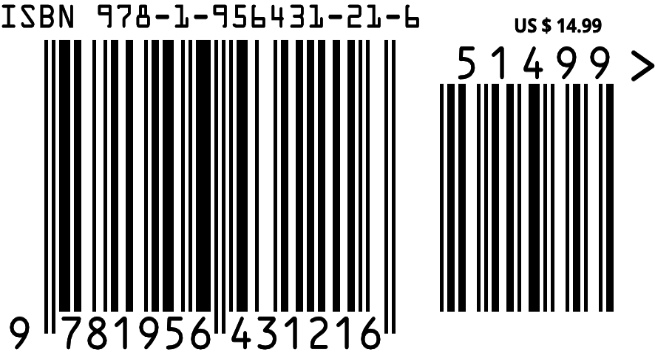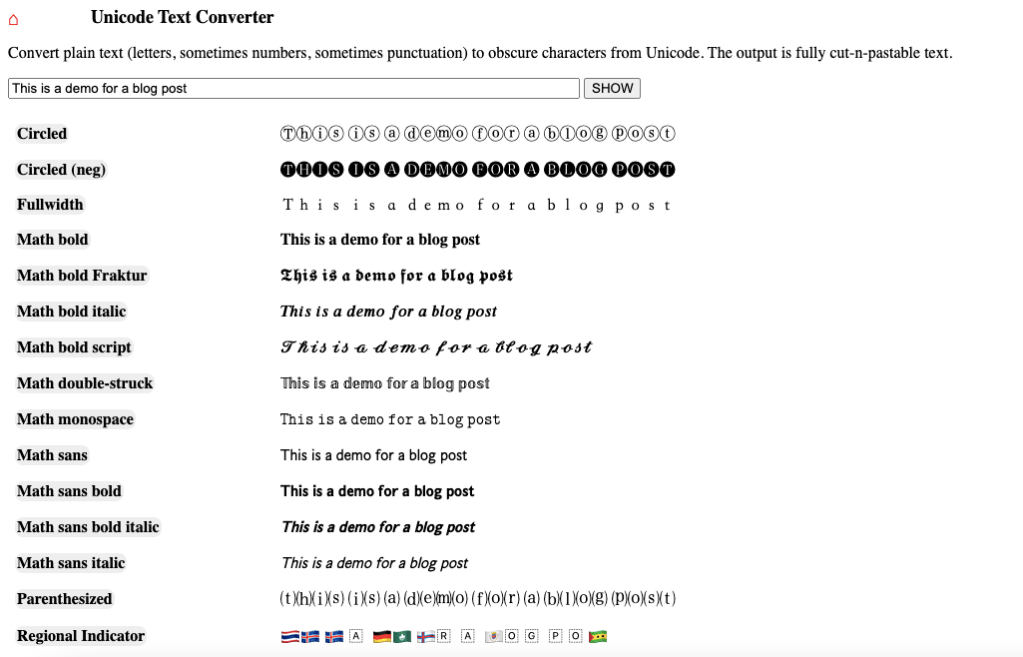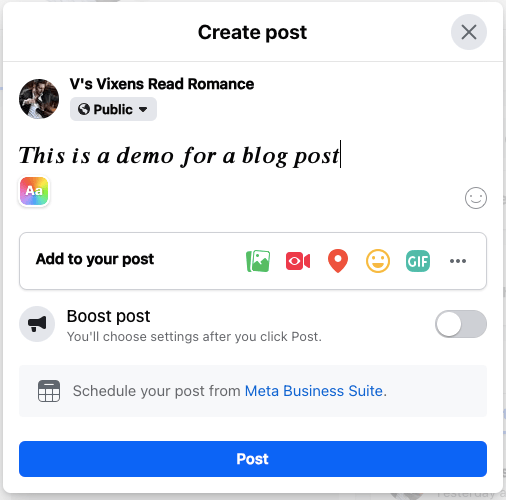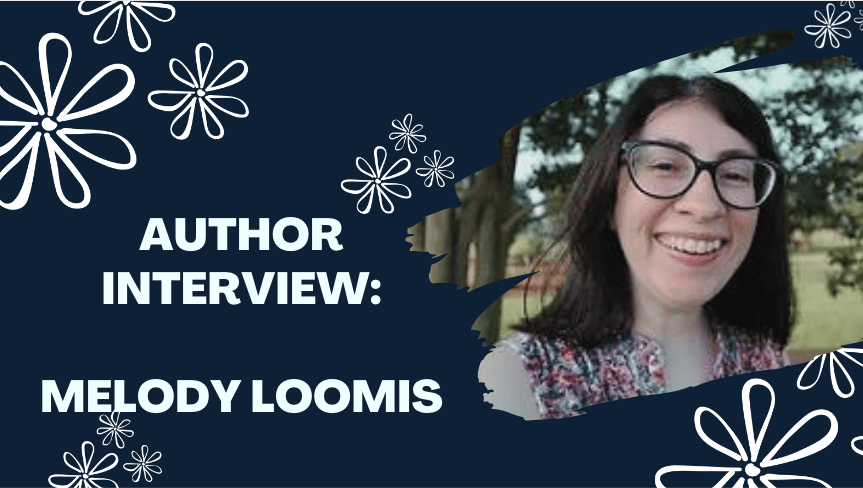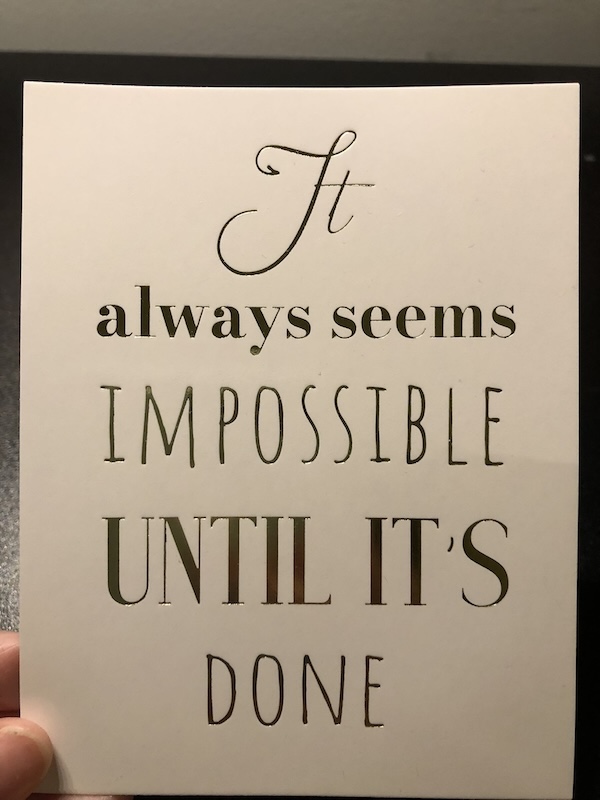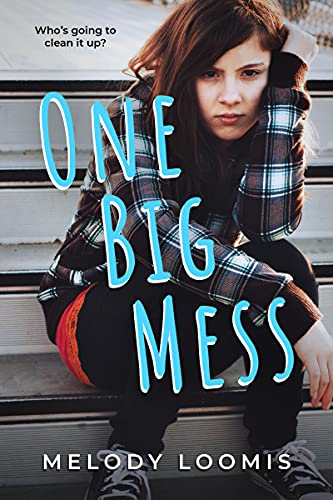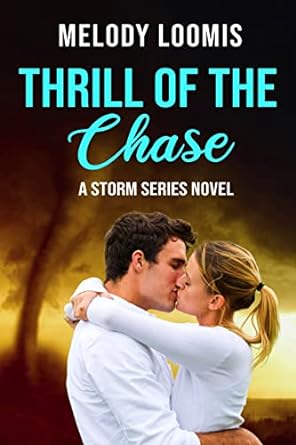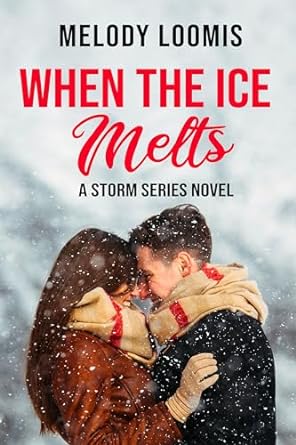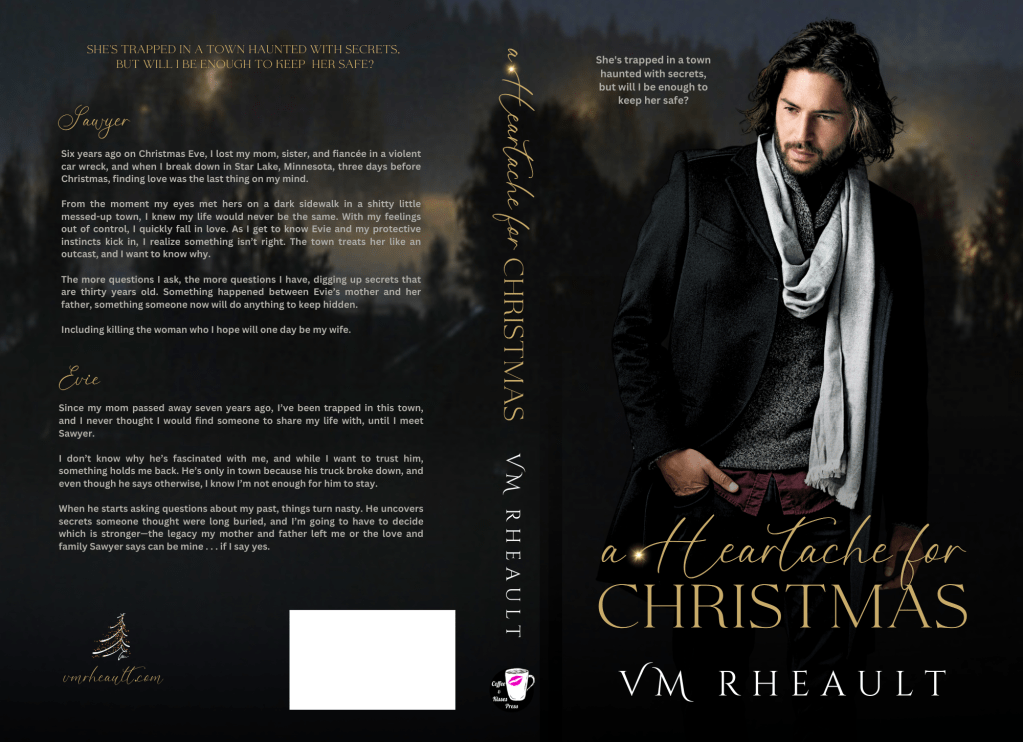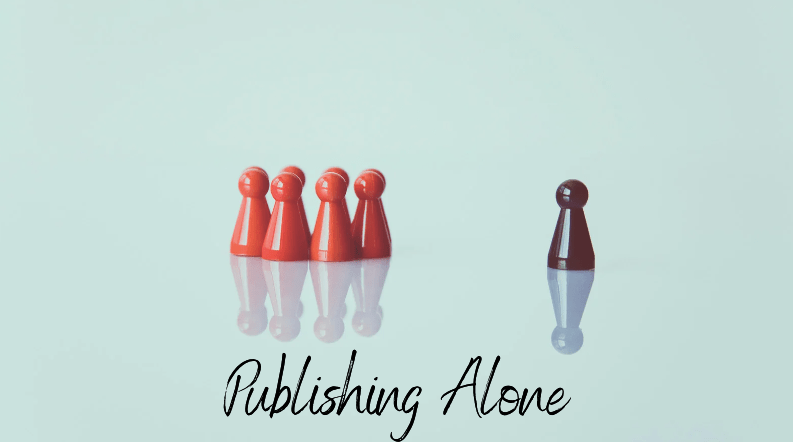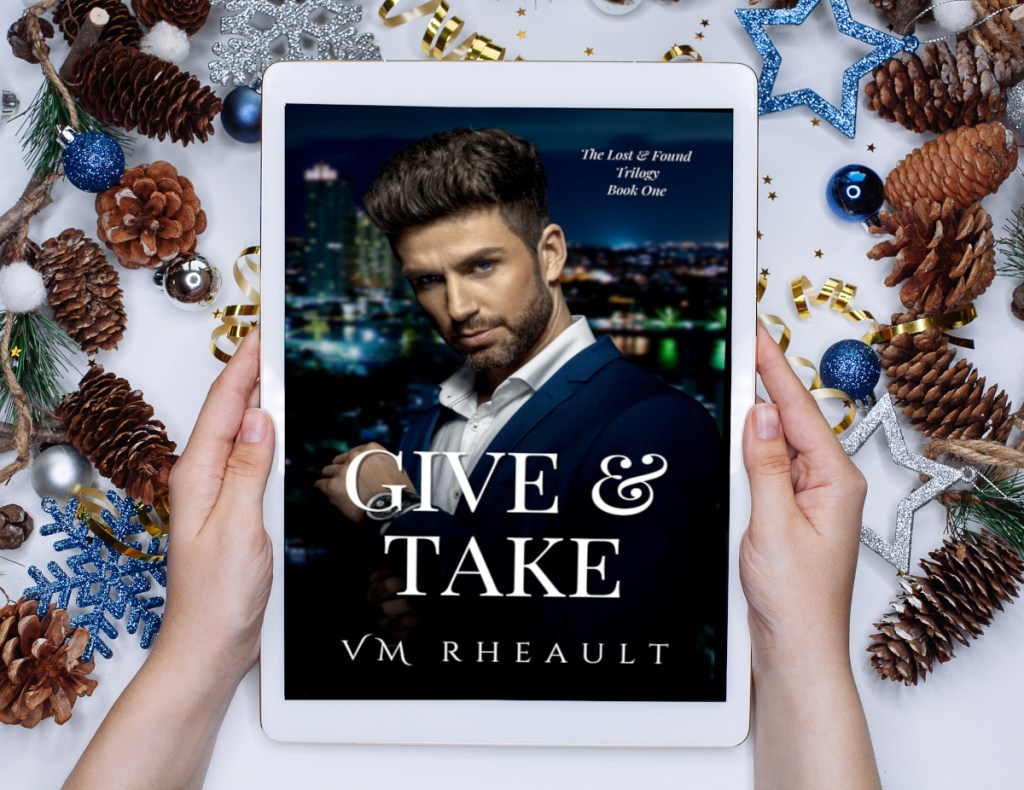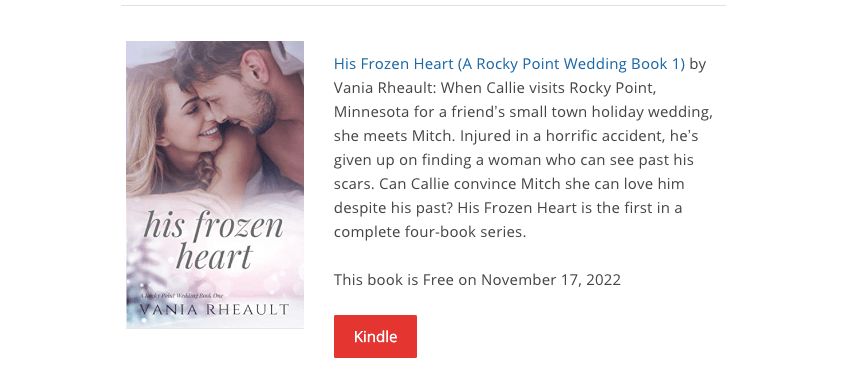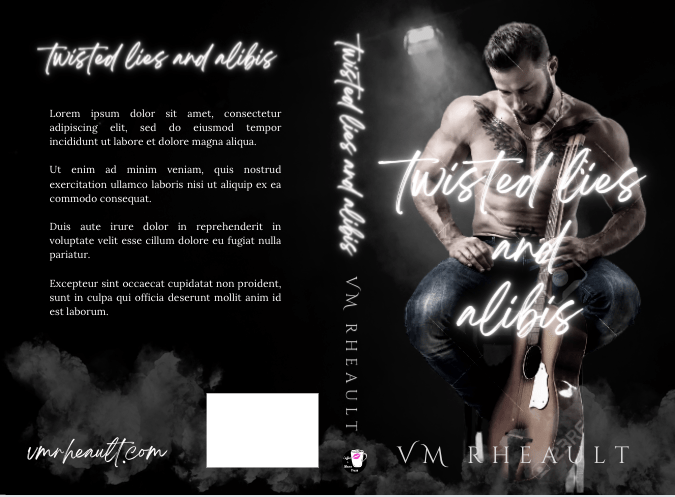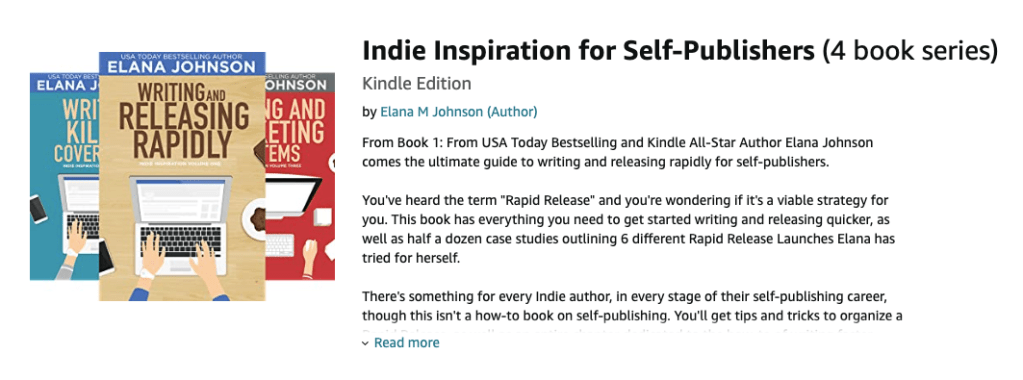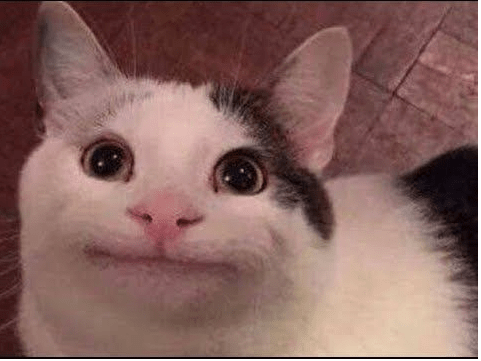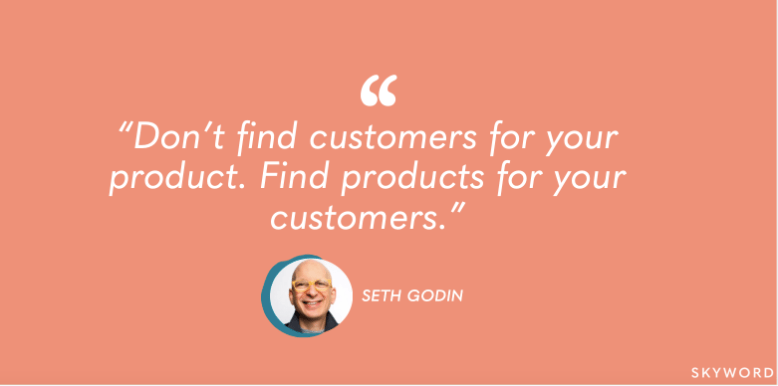Words: 1757
Time to read: 9 minutes
Happy Monday! Well, I hope it’s happy for you, but if you’re not a full-time author, by the time you read this, you’ve probably guzzled a gallon of coffee and you’re sitting behind your desk at work wondering why you haven’t won the lottery. I know, I’m such a downer, but that’s life. I was scrolling Facebook yesterday and bumped into this motivational piece of perfection….
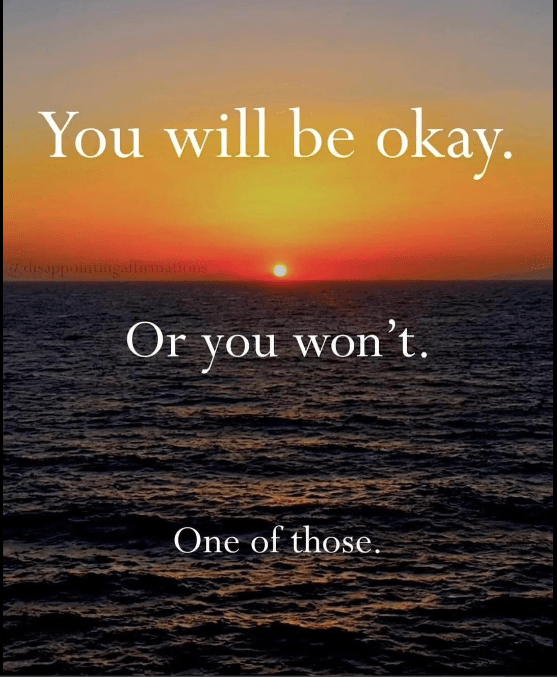
I don’t know why stupid stuff like that makes me laugh, but it does.
Anyway, not much on my plate this week besides going to Rochester, MN on Tuesday for my Mayo Clinic visit that’s scheduled on Wednesday afternoon. I’m fortunate we’re having a mild winter and I don’t have to worry about blizzards. Over the past three years I’ve talked a lot about how icky I feel, and I’m trying not to get my hopes up. This is an old subject, so I won’t waste any more time on it. I’ll be sure to update you next week, though, and hopefully I’ll have some good news to share.
I’m proud of myself and I’ve been doing the prompts that I made up for the February social media content calendar I shared with you last week. I don’t mind talking about myself, but I was at a loss of how to do it. The prompts help, and I’ll schedule posts for when I’m gone. The Canva scheduler makes that easy and I post to my FB author page and to my IG page. The algos don’t know who I am so I don’t get many likes or comments, but if I can teach them to know who I am (again), maybe that will change and I can start building my following (again).
Here it is if you missed it last week. It’s never too late to start posting.

I’m more than halfway done editing book 4 in my series. It’s slow going, taking out all the whens, whiles, and withs and some becauses. I definitely took the easy way out when I wrote these, and I’m still layering in feelings, emotions, and descriptions into the scenes. This book isn’t too bad. I’ve only added 1,000 words so far and I have 4 chapters left. I won’t get it done before my trip, as rewriting takes a long time, but I’m hoping to get all of them done by the end of March. I still have to do covers, and I wish I could afford to source my stock from a site that wasn’t DepositPhotos. I don’t know if I’ll ever get there and right now, I’m at their mercy. I think I’ve got the template ready to go–the backgrounds and possibly the title font (though I’m always on the lookout for beautiful font duets). I’m keeping the series logo I made for the other covers. There’s nothing wrong with it. Will these be the books where I start chopping heads off? Stay tuned.
I’m thisclose to joining Threads. I vowed I wouldn’t add another platform to my social media, but I see teaser posts on IG and FB enticing me to join. I’ve exceeded my limits of clicking and reading without having a profile. It’s not because I want to promote my books–IG and my FB author pages are enough for that. No, the posts Zuck’s been teasing me with are what I’ve been missing since Twitter went to the way of X. I need a place for book news. Facebook and the author groups I’ve joined fill in a lot of that, but I had to leave 20booksto50k for ethical reasons, and I left the Self Publishing Formula group that’s hosted by Mark Dawson after all that plagiarizing stuff came out. Losing those two groups hasn’t been a big deal, but I’m seeing that BookThreads could be what I need to fill in the gap. Twitter hasn’t been the same, and I got treated to more BS the other day when someone was commenting on this article:
https://www.theverge.com/c/23194235/ai-fiction-writing-amazon-kindle-sudowrite-jasper
They talk about about authors using AI to get ahead, write faster, crank out more content. I’ve often referred to self-publishing as a hamster wheel, that little furry guy running faster and faster but not getting anywhere. The industry is full of books and when you release a book that sinks the second you hit Publish, it can feel like you do a lot of work for nothing.
I keep my mouth shut a lot of the time now. I’m not popular on Twitter, my views are not well-received, much like Joanna Penn who said in the article she had to step away because she’s an AI cheerleader and she got a lot of pushback for that. I am not an AI cheerleader, but I feel out of place all the same.
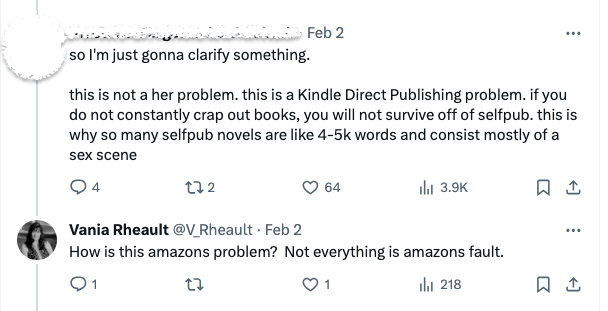
I really do just want to make one thing clear–I do not blame Amazon (KDP) for the grind self-publishing had turned it. I’m not denying at all that it’s common, COMMON, for authors to publish 4-6 books a year. And not novellas, either. Full-length books. It’s common. But it’s the KNOWLEDGE that it’s common that can eat at you. You know authors are doing something you can’t. I can’t publish four books a year. Not without writing them and saving them up. Writing, editing, cover design, proofing the proof, it all takes too long. Especially if you’re dealing with a series. Especially if you want to publish something that’s got some quality to it. It’s not easy writing a book full of twists. Half the reason I sat on my series for so long is that I have 540,000 words of an intricate plot that I needed desperately to make sure held together. Only time away could give me that clarity, and it has proven to be valuable so far.
The woman featured in the article turned to AI for help. She’s living off her book money and that in itself, I’m sure, is stressful. I’m at the point where I don’t think I’ll ever be able to quit my day job, and that’s okay, but trying to find time to write after working 40 hours a week is stressful in its own way. I’m not not blaming this woman for letting AI write part of her books, that’s her choice, but the WHY she did it I don’t agree with. She said her readers would drop her if they had to wait too long between books, and I think that is complete BS. Okay, maybe not complete because I do think you need to have consistency when publishing. Even if you train your readers to only expect one book a year. Publishing is the fastest moving sloth there is, and yeah, you’re going to have your work cut out for you if you’re writing a series and need five years between books. That’s why I write my series before I publish them. People binge now, and I just go with it. But rather than turn to Al for help, there are things you can do.
Keep your readers informed. Start a newsletter or post consistently on social media. If you let your readers know what you’re doing, what you’re working on, and when the next book will come out, they will wait for you. Build a connection with your readers. Care about them, and they will care about you.
Recommend other books. Listen, when I was reading that article, I felt her desperation, but in the end you are not going to be the only author a reader reads. It’s impossible. Romance whale readers can read a book a day. There’s no humanly possible way to keep up with that pace. Instead of being scared of being replaced, embrace the idea that books are a community and you are only a piece of it. Recommend other books–you should be reading them anyway–but that’s why it’s important to create a niche. On my V’s Vixens FB page, I post books that are free and in KU and pull quotes from books that are similar to mine. I’m building a readership of the kinds of books I write. If you’re all over the map, your readers won’t know what to read. They read YOU and want to read books that are similar to yours. Make it easy for them. Recommend books that you like so when your next book is ready to go they know exactly what they’ll be getting.
Relax, but not too much. I like rules, and if you’ve read my blog for a while, you know I do. Stick to one genre, know reader expectations. Cover your book to market. Learn an ad platform. But the one rule I have never ever agreed with is to write every day. For some people it’s not possible, and beating yourself up over it won’t make things better. If you can’t write, you can’t. Thinking is writing. Plotting is writing. Sorting through stock photos is, maybe not writing, but you get the idea. Don’t lose your joy, or like woman in the article, writing will be come work and not the good kind. She said after she started using AI for a prolonged time, she didn’t feel connected to her characters anymore, would lose the theme of her books. She didn’t wake up thinking about her characters, she didn’t go to bed and they were the lost thought in her mind before she drifted off. You know what? When characters claw at you from the inside out, that is the best part of writing. When your characters need their story told so badly they don’t let you go. I felt sorry for her when I read that. If you lose your joy, there’s not much to write for anymore.
I didn’t get into with that guy, though he spouted off a few more things about how evil KDP is and how there isn’t an alternative to publishing. Maybe KDP has the biggest slice of the pie, but they gave us the pie. I truly think Amazon gave us opportunities when we wouldn’t have had them otherwise.
That is all I have for this post. I hope you all have a wonderful week ahead, and if you have time, sign up for ProWritingAid’s Romance Week. I always sign up but never watch anything. I still have all the 20booksto50k videos from their November conference. Plus two of Alex Newton’s K-lytics reports. But if you’re interested here’s a non-affiliate link to sign up. https://prowritingaid.com/romance-week/sign-up
Until next time!




